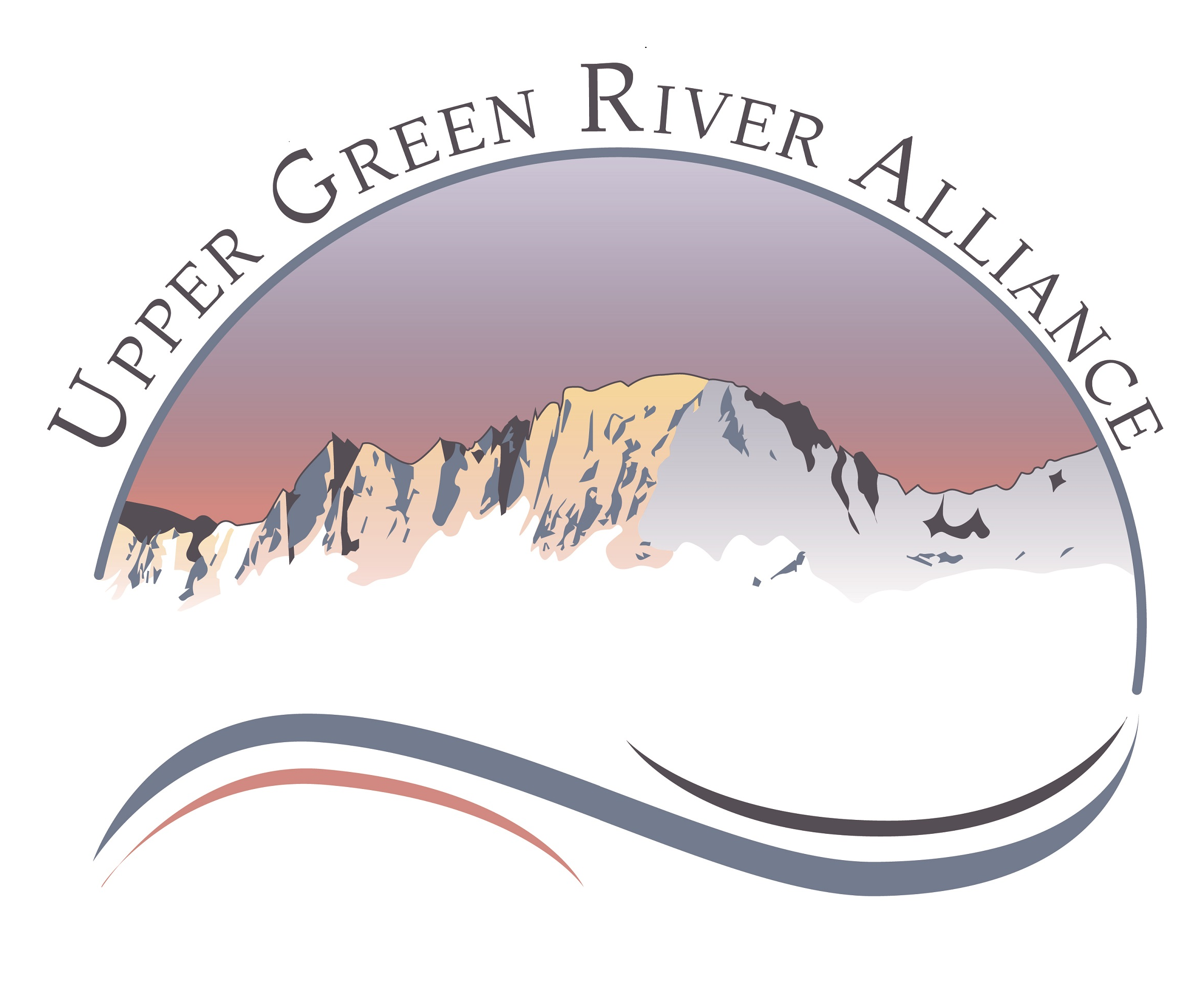To Protect the River
Abundant, reliable, and safe water resources are fundamental to human and ecological health. Yet water resources in the Colorado River basin states are under severe stress following two decades of drought. Supply is not adequate to meet demand, which could quickly result in water shortages that affect 50 million people and threaten environmental flows necessary to maintain ecosystem health.
The Colorado River’s two largest reservoirs, Lake Mead and Lake Powell retain less than half the amount of water they held 20 years ago. If Lake Mead drops too far, it will reach “deadpool” status, when powerful hydroelectric turbines serving electricity to millions of people will stop turning.
The seven states, including Wyoming, that formed a compact to manage the Colorado River have recently agreed to cut water use in an effort to prevent disaster. But overlooked by water managers is a vital part of the intricate water system flowing beneath us in the form of groundwater.
The Upper Green River basin sits at the headwaters of the Colorado River, catching precipitation with every snowflake and summer raindrop flowing west from the Great Divide. Our surface and ground waters are inextricably interconnected.
Precipitation fills streams, rivers, and wetlands, which recharge groundwaters. Groundwater resurfaces downstream as rivers, streams and wetlands. Surface waters evaporate into precipitation, which falls to floodplains, filling rivers and streams, and recharging groundwaters again.
Ground and surface water is the same water. Upper Green River headwaters are the apex waters serving the Colorado River basin.
How much groundwater we have and how much is withdrawn has little oversight. The most valuable resource on Earth is considered a mere byproduct of oil and gas development.
The Upper Green River Alliance considers our groundwater to be just as important as surface water, and is taking into account how much water the oil and gas industry withdraws from the Wasatch Aquifer underneath this hydrographic basin, and how that may affect the Colorado River’s water supply.

